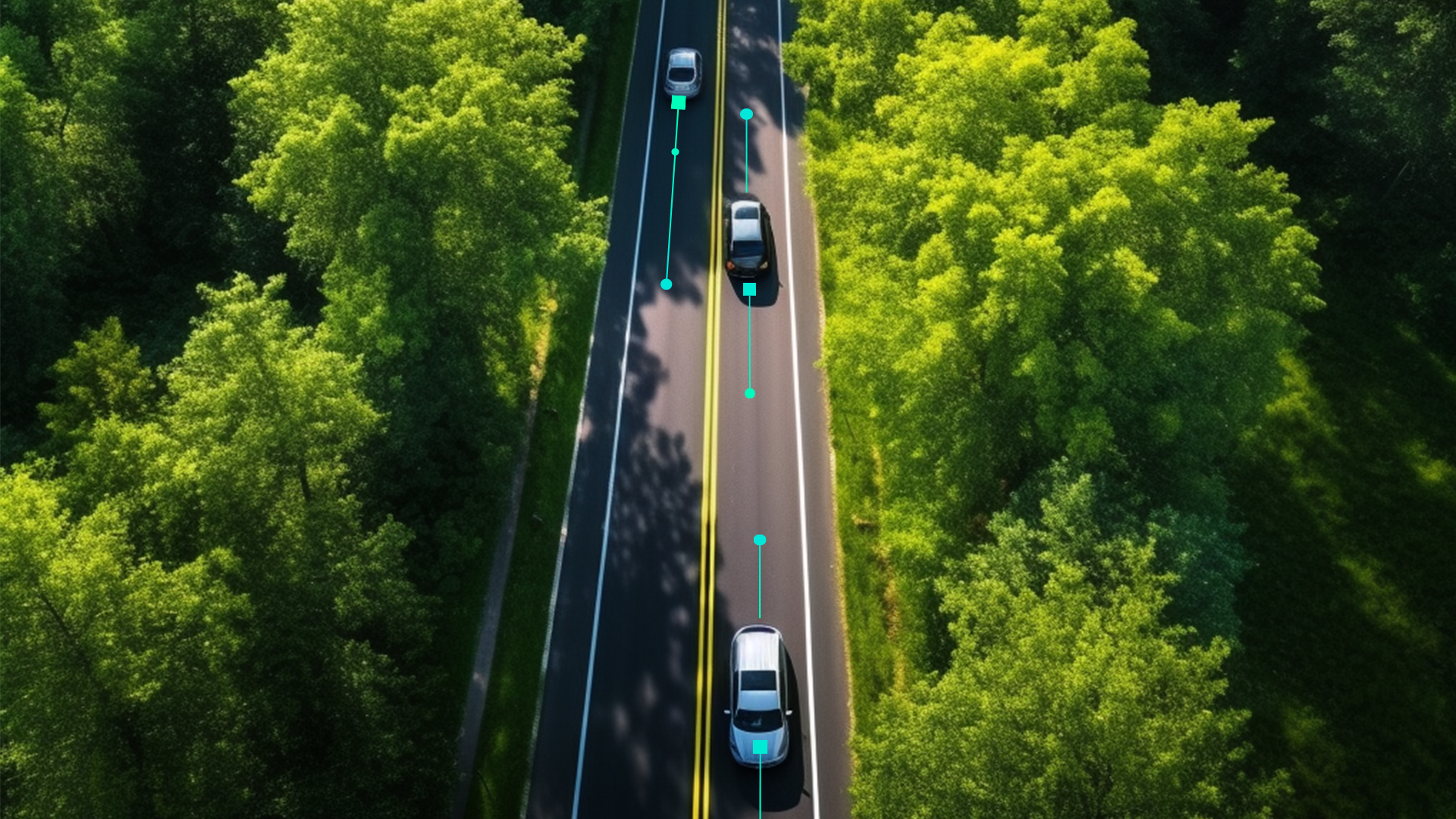How data is fueling the future of autonomous vehicle development

Roadways have become increasingly congested and far more complex, generating demand for safe and efficient vehicles that are equipped to navigate the tests and trials of the highways. The growing demand for new advanced autonomous vehicles (AV) is leading automotive manufacturers to think creatively when it comes to creating reliable AV systems—and data plays a crucial role in their strategies. By leveraging data, engineers can not only design and test intelligent AVs that can respond to their environments reliably, but they can also use data to help improve the future of the automotive industry.
A multi-faceted approach to vehicle testing
To ensure reliability and meet industry standards, AVs must undergo billions of miles of testing on the roads, so they can learn to maneuver critical scenarios—a process that is costly, and honestly, not practical without the help of technology. Luckily, new progress in simulation technology has made this process more efficient and much faster. Engineers can now run thousands of simulations of real-world scenarios, both familiar and novel, which can lead to the creation of safer and more adaptable automobiles.
Even with this progress, it’s crucial to recognize that real-world testing will continue to play a vital role in AV verification and validation programs. Even though simulations can recreate critical scenarios in high fidelity, testing on the roads remains indispensable for a comprehensive validation of AV performance. Moreover, it also serves as a tangible means to gain public trust, as people want to witness the safe operation of AVs in real-world conditions to gain confidence in their abilities.
So, the question is, how can engineers effectively blend data from both real-world and virtual testing, and what advantages can this bring to the overall testing and verification process of AV systems? One material way to harness this convergence of data is through test-track testing. This method simplifies the complexity of real roads and acts as a link between simulations and on-road testing by monitoring how a simulation performs in a real yet controlled environment.
By utilizing this testing approach, data is collected from real streets, simulations, and test track experiments—giving AV systems the best possible insights to prepare for real-world use. It is part of an all-encompassing toolchain that provides feedback and connects results to requirements, ensuring that safety and performance are rigorously validated.
Data’s role in creating a closed loop
From inception to deployment, ADAS and AV systems are deeply involved with data. From design and testing to verification and validation, these systems are prepared to embrace a “closed loop” philosophy. Once these vehicles hit the road, they transform into data generators, collecting IoT (Internet of Things) data and high-bandwidth sensory data tied to critical real-world scenarios that can be used to enhance the future production of AVs.
Closing the loop with data from production vehicles is essential, but doing it methodically is key. It would be unreasonable to have vehicles streaming their data 24/7. There needs to be an intelligent system built into the vehicle that is able to determine whether that vehicle is actually encountering a critical scenario that hasn’t been discovered in the initial design process.
This is where novelty indicators play a role. Novelty indicator technology is crucial as it continuously monitors the vehicle’s status to determine whether a vehicle is operating within its expected design domain, or if it’s seeing an activity that has not been encountered. If it’s a new scenario, it triggers data capture and transmission back to the office where that scenario can be added to a scenario database for future developments.
Now, instead of relying on prototype vehicles with specialized drivers, production vehicles feature advanced technologies like cameras, radar and sensors for data collection. Over-the-air data transfer enables the continuous accumulation of new scenarios, contributing to database enrichment.
This ongoing feedback loop, channeling real-world scenarios into the design and validation process, will prove central to automotive manufacturers’ efforts to continually improve the safety of their products.
Data-powered innovation
The fusion of real-world testing, simulation and data driven innovation is revolutionizing the autonomous vehicle landscape. Data emerges as the foundation of this transformation, facilitating a closed loop that doesn’t just refine ADAS and AV systems, but also augments their ability to respond to critical scenarios that were not experienced during the design phase.
As we move forward, the evolution of the industry and the road to autonomy is being paved by data, ensuring that the vehicles of tomorrow are constantly learning and equipped to navigate the highways of the future with precision and reliability.
Siemens Digital Industries Software helps organizations of all sizes digitally transform using software, hardware and services from the Siemens Xcelerator business platform. Siemens’ software and the comprehensive digital twin enable companies to optimize their design, engineering and manufacturing processes to turn today’s ideas into the sustainable products of the future. From chips to entire systems, from product to process, across all industries. Siemens Digital Industries Software – Accelerating transformation.


